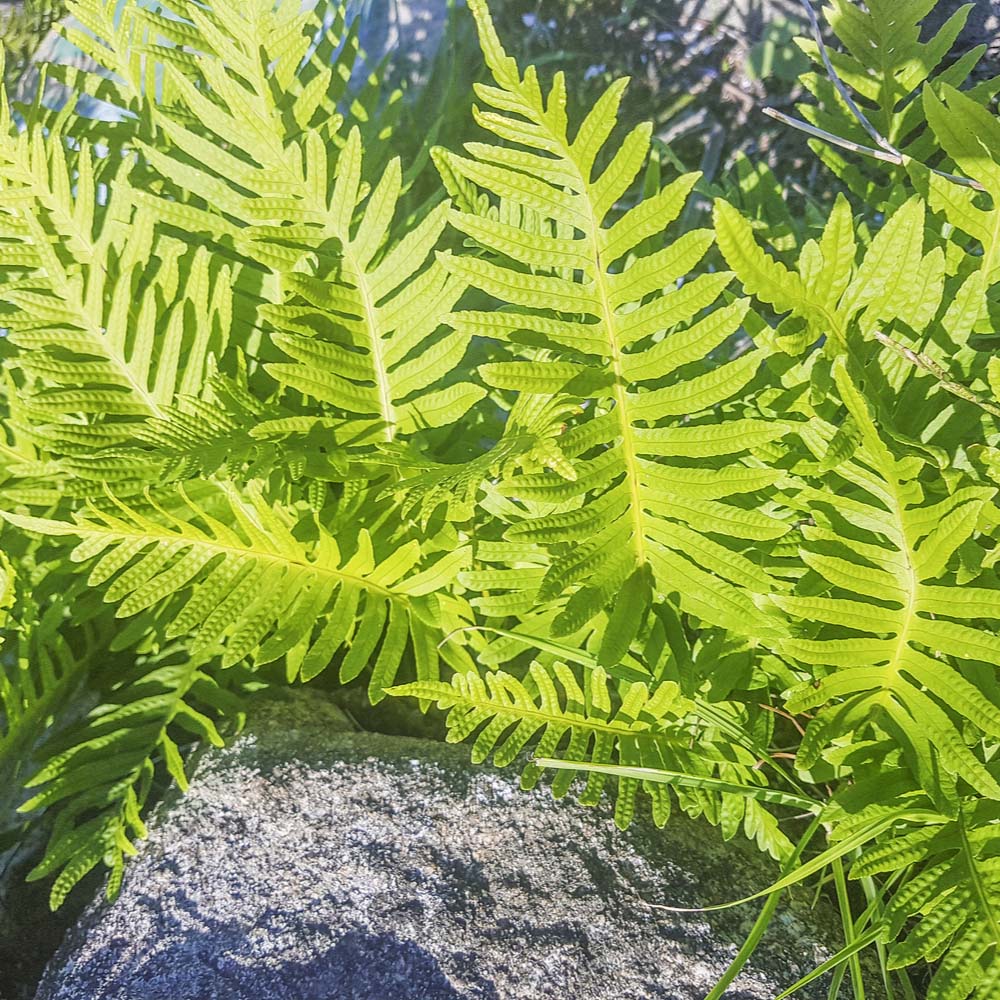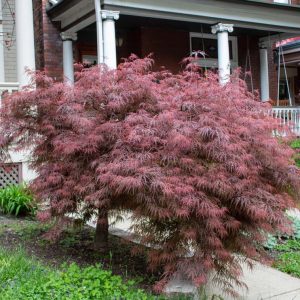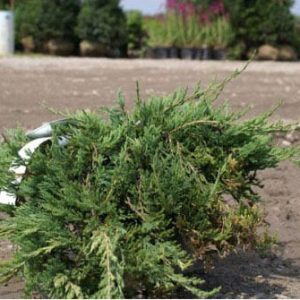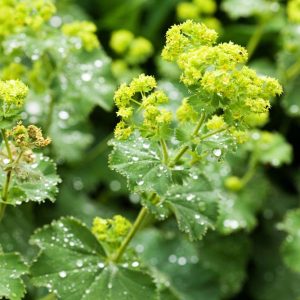Description
Polypodium – California Polypody – Polypody –
There are about 75 species of mostly evergreen, usually epiphytic, sometimes terrestrial ferns, in this genus. They are mainly from tropical regions of the USA, Central America and South America, but also from temperate and other tropical regions. They are often found growing on trees, rocks, walls, or well drained banks and sand dunes. They are grown for their sculptural might to mid green fronds, which are usually lance shaped, simple to pinnatifid or pinnate, occasionally further divided, and are borne at random in 2 rows along creeping, often surface rhizomes which are scaly, red-brown. It produce sori, without indusia, that are arranged in rows on each side of the midrib of each frond or pinna. The hardy species are good rock garden, mixed border, or bank, especially where winter greenery and groundcover are desired. Grow on tree.
Grow in moderately fertile, humus rich, gritty or stony well drained soil, in full sun or dappled shade, with shelter from cold drying winds. Divide in spring.
P. vulgare – Wall Polypody – Adder’s Fern – Common Polypody – This terrestrial or epiphytic, evergreen fern from higher ground in Europe, Eastern Asia , Africa and North America grows 12″ tall with an indefinite spread. It produces lance shaped to oblong, pinnate or very deeply pinnatifid, thin to leathery, dark green fronds, 16″ long, of close, spreading, oblong to linear toothed pinnae.
Zones 6-8





